Reviewed by Corey Noles
Apple's latest patent research reveals something fascinating: the Apple Ring isn't just another health tracker. Apple positions it at the center of a user's devices — from iPhone and Mac to household appliances — and gives us a compelling glimpse of what one could actually look like. The ring could be configured to control multiple electronic devices in the user's environment, with the ability to store kitchen maps with locations of various appliances. But here's where it gets really interesting: a microphone can pick up voices or other sounds "to infer the context in which the ring device is operating."
What makes this different from existing smart rings is the sheer ambition — Apple isn't just adding health sensors to a piece of jewelry. They're creating a contextual command center that understands your environment, learns your habits, and becomes the invisible bridge between your intentions and your digital world.
Beyond health tracking: your finger becomes the remote control
What makes this Apple Ring concept so compelling isn't just the health sensors — it's how the smart ring could be central to the use of any other devices because it "may facilitate the gathering of user input." During operation of companion devices, users may wish to supply input such as hand gestures, touch input, force input, voice input, pointing input, gaze input, and other user input involving body position. The ring device includes sensors such as inertial measurement units and other sensors that allow body-based input to be gathered.
Here's the practical magic: a user wearing a smart ring could point in the right direction in their kitchen to tell a smart home what they want. Health sensors in the ring could tell the kettle whether you've already had too much caffeine. A user could gesture towards their Apple TV set top box, telling it to mute.
The advantage of constant availability can't be overstated. The ring will generally be immediately available to the user, because it typically may be worn throughout the day. Unlike your phone charging in another room or your Apple Watch you forgot to put on, this creates a persistent connection to your digital environment. Interactions between the ring device and objects in the user's environment are possible because the ring device can easily be brought into close proximity with near-field communications tags.
The typing integration shows Apple thinking beyond simple gestures. Most example drawings show a ring in use of people pointing, with one of a person operating a keyboard, suggesting the ring could detect typing actions. This opens up possibilities for predictive text enhancement, automatic error correction, and even silent typing through finger movements — imagine composing messages just by moving your fingers in the air.
The microphone that changes everything
Let's break down what makes this microphone feature so significant. A microphone may detect voice input and other sounds that can be used to infer the context in which the ring device is operating. This represents a leap from simple voice commands to environmental intelligence. The ring includes an inertial measurement unit to detect pointing and other gestures for controlling equipment, working in tandem with the microphone for contextual understanding.
The spatial intelligence capabilities are remarkable. Motion data from a first device may be used to determine a gaze direction towards a second device so that ring input may be directed towards the second device. A map of locations of different devices that can be controlled by the ring device may be generated using a combination of pointing input, voice input, gaze input, and touch input. This creates an incredibly sophisticated control system that understands not just what you're saying, but where you're looking and what you're pointing at.
The home mapping capability transforms how we think about smart home control. The ring could be configured to control devices throughout a user's environment, such as smartphones, laptops, TVs, lamps, or thermostats, and create "a map of locations of electronic devices in the user's home." This digital twin of your physical space becomes increasingly intelligent as it learns your patterns and preferences.
PRO TIP: The biometric integration adds predictive intelligence that current smart rings lack. The device can track biometrics such as temperature, heart rate, or blood oxygen level. An inertial measurement sensor can track gestures, such as pointing, for controlling equipment, and the small embedded microphone can pick up voices or other sounds "to infer the context in which the ring device is operating." Your ring might detect stress levels and automatically dim the lights or queue relaxing music before you even realize you need it.
Volume control gets a major upgrade
The volume control capabilities go way beyond simple up and down adjustments. User input to the ring may be used for scrolling commands, up/down adjustment commands (e.g., for adjusting parameters such as audio playback volume, television channel, etc.), source selection, joystick commands and other pointing input. The ring can gather two-directional touch input as the user moves a finger around the ring and across the ring.
The interaction possibilities expand dramatically beyond basic controls. The wearer could use the smart ring to adjust settings on a speaker, provide touch, gesture, or force input on a display, or adjust haptic output on another Apple device. Apple's patent US11971746B2 outlines a smart ring that allows users to control electronic devices via touch and force sensors, while US11733790B2 describes a ring that can detect pressure on its surface, allowing it to perform various actions wirelessly with other devices.
The input sophistication rivals traditional interfaces. A user may provide finger input to the sensor (e.g., touch and/or force input) using the user's thumb or other finger. Two-directional touch input may be gathered (e.g., as the user moves a finger around the ring and/or across the ring). This means circular motions for volume, swipes for track changes, and pressure variations for bass/treble adjustments — all from a device smaller than most traditional rings.
The technical implementation shows Apple's attention to detail. Sensor circuitry in the ring may wrap around some or all of the ring's exposed outer surface, suggesting the entire circumference could be an interactive surface rather than just a small touchpad area.
The ecosystem integration that makes it all work
What really sets Apple's vision apart is the comprehensive device orchestration. The system may include wearable devices such as a wristwatch, ring device, head-mounted device, or other equipment worn on a user's finger, wrist, arm, head, or other body part. The system may have a device with a display such as an iPhone, iMac, HMD (Vision pro or smartglasses), HomePod, AirPods/AirPods Max or other devices that produce audio output, lights, thermostats, household appliances, or other household devices.
The health monitoring depth exceeds current wearables. Sensor(s) in the ring may be used for health monitoring. A ring may have a first electrocardiogram electrode on an inner surface that contacts a user's finger on one side of the user's body. The ring may also have a second electrocardiogram electrode on an outer surface that can be placed in contact with a user's finger, hand, arm or other exposed skin on an opposing side of the user's body.
The device coordination reveals Apple's ecosystem strategy. Commands from devices may be used to authenticate the user's identity to the additional device, to specify a user's identity, to adjust audio playback settings, to adjust video playback settings, to adjust an application, to make a source selection, and/or may be used in taking other suitable action on the additional electronic device(s).
The AR/VR integration hints at future interaction paradigms. The ring may work in tandem with devices, such as the Vision Pro, to facilitate interactions with virtual content in an artificial reality environment. Imagine pointing at virtual objects in AR space while receiving haptic feedback that makes digital interactions feel physically real — that's the kind of seamless reality blending Apple is building toward.
Where innovation meets everyday convenience
The Apple Ring represents a fundamental reimagining of human-computer interaction. Apple's walled-garden ecosystem means that all of its devices work seamlessly together, and the ring described in this filing would provide another means for these devices to interact. With Samsung having launched its smart ring in July and companies like Oura having skyrocketed in popularity, the smart ring market is clearly heating up.
The contextual intelligence capabilities position this device in a category of its own. While the patent application does not detail how any one device might be used or controlled, the breadth of possibilities suggests Apple is thinking far beyond what current smart rings offer.
The automatic health tracking integration shows Apple's ambient computing vision. The near-field communication sensor can log "health-related actions such as medicine intake." Your ring could automatically track medication schedules by detecting NFC tags on pill bottles, building a comprehensive health picture without any manual input or app opening.
Bottom line: Apple is building a contextually aware interface that sits at the intersection of health monitoring, smart home orchestration, and immersive computing. The specialized ring strategy suggests something intriguing — Apple might not mean that any one smart ring will have all sensors, but it wouldn't mind if users buy more than one ring. This could revolutionize the category entirely: perhaps one ring optimized for health analytics, another focused on home automation, and a third designed for AR/VR interactions.
The Apple Ring patent portfolio reveals a company that's not just entering the smart ring market, but potentially redefining what a wearable can be — transforming from a simple accessory into the neural interface for your entire digital life. This isn't just about having Siri on your finger; it's about creating an invisible layer of intelligence that makes every interaction more intuitive, every environment more responsive, and every device more connected to your actual needs and intentions.




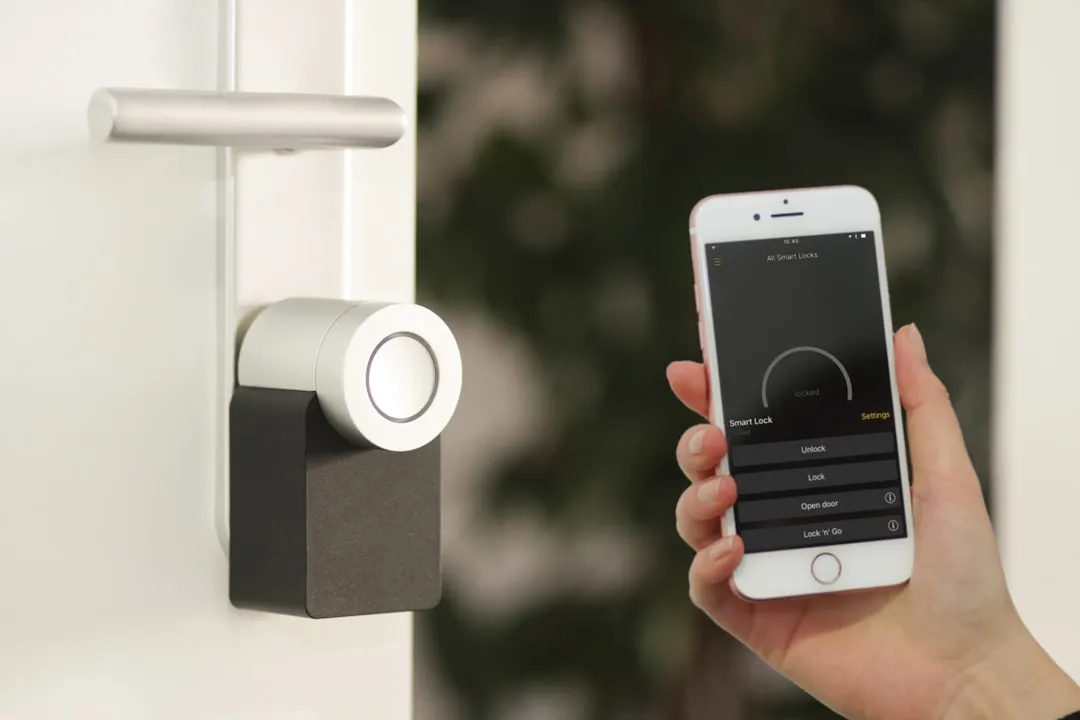
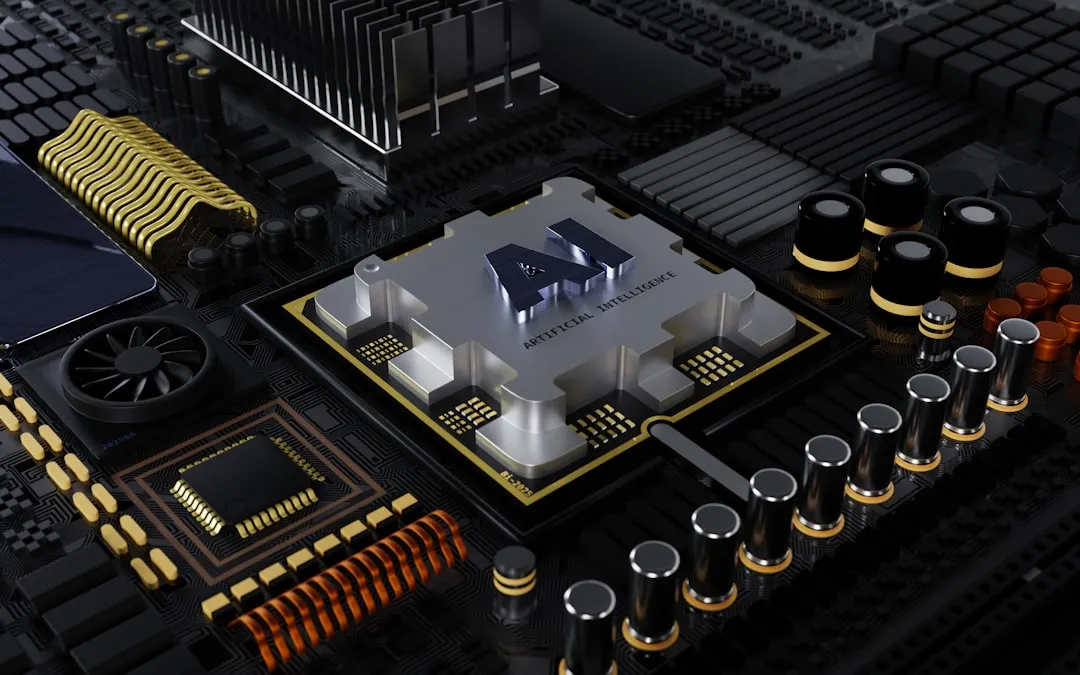
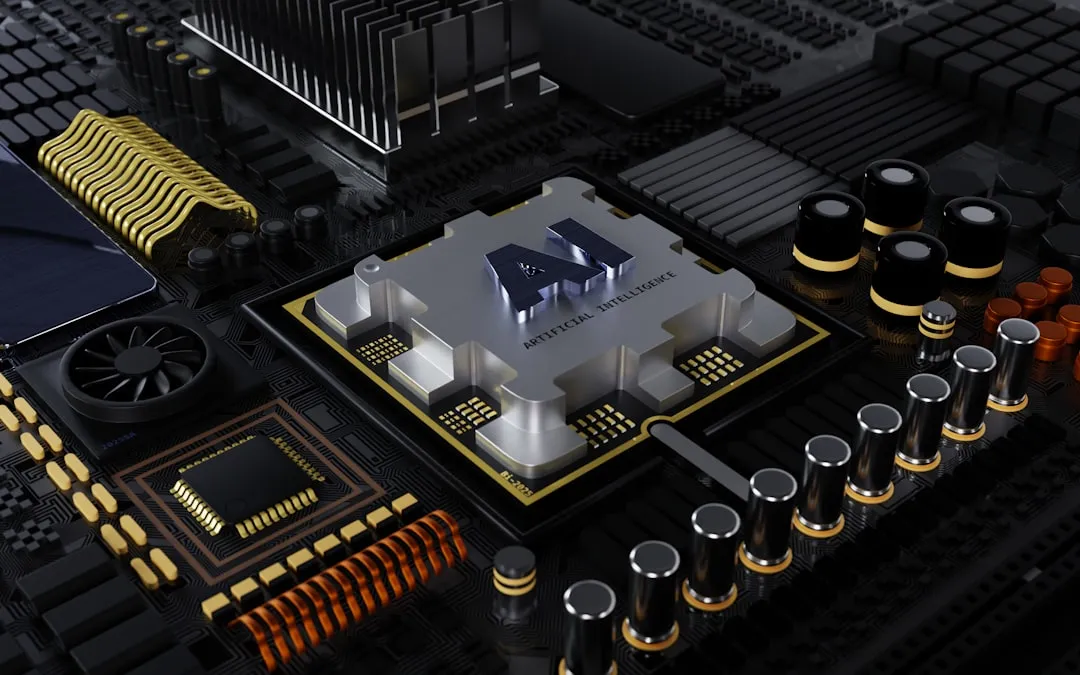
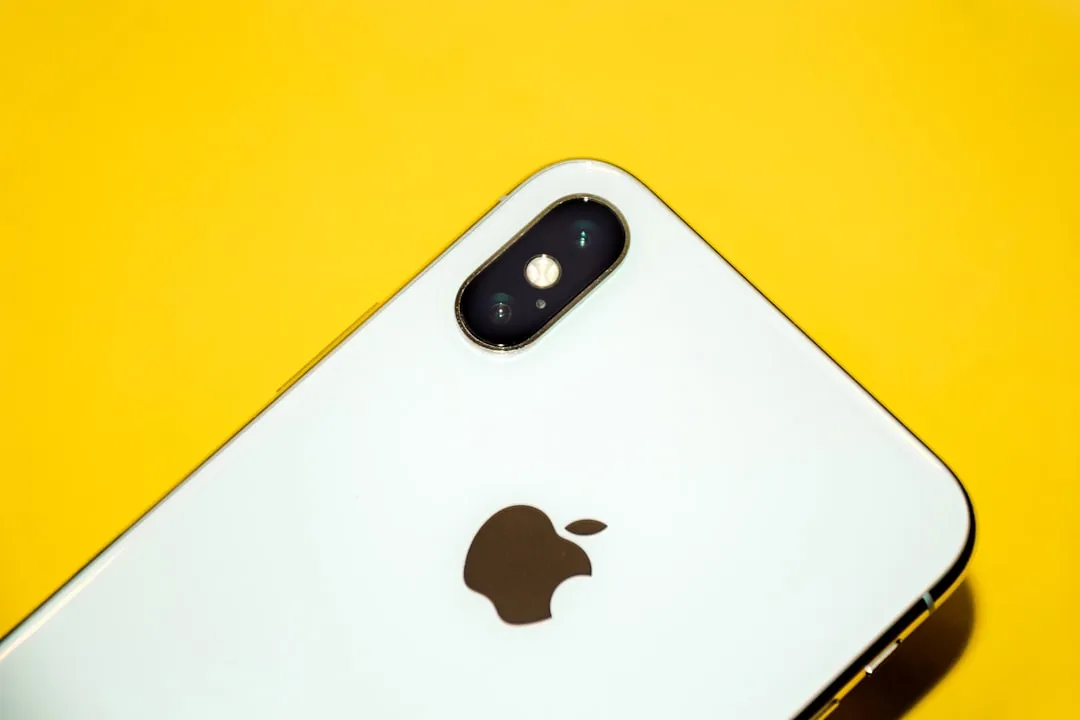
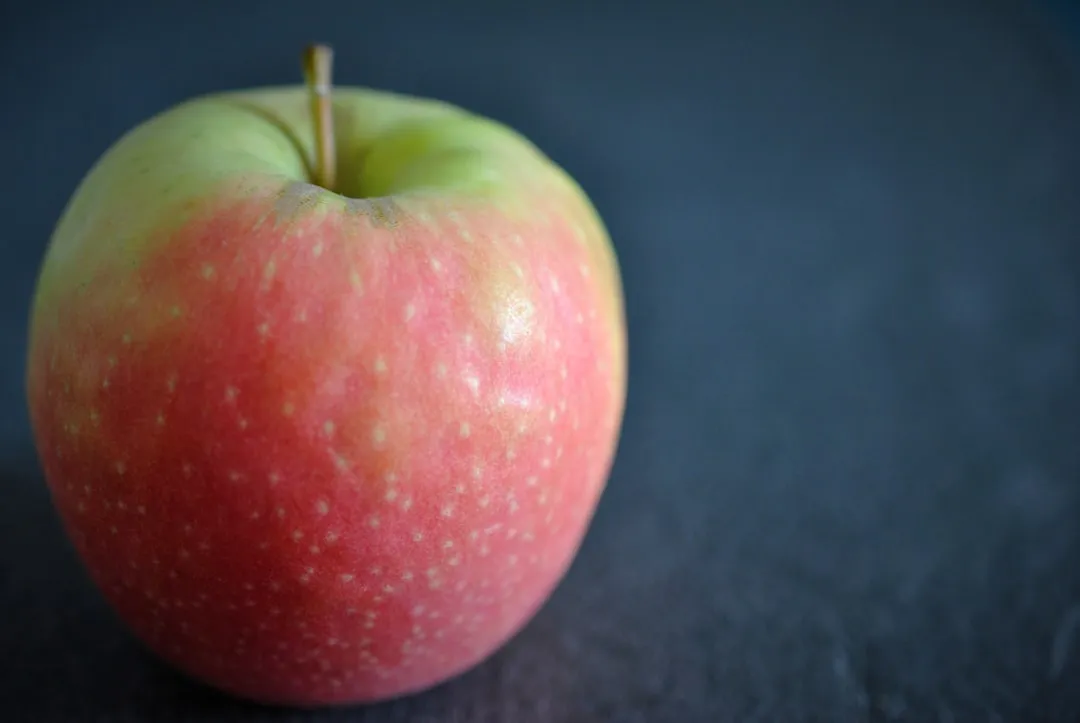
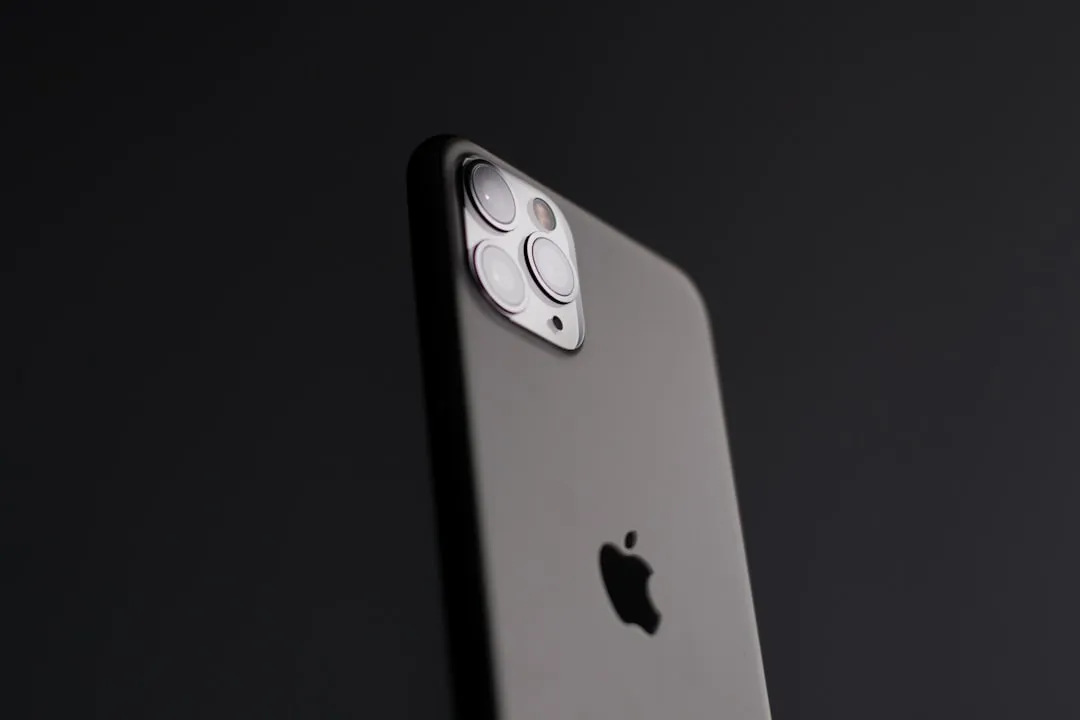


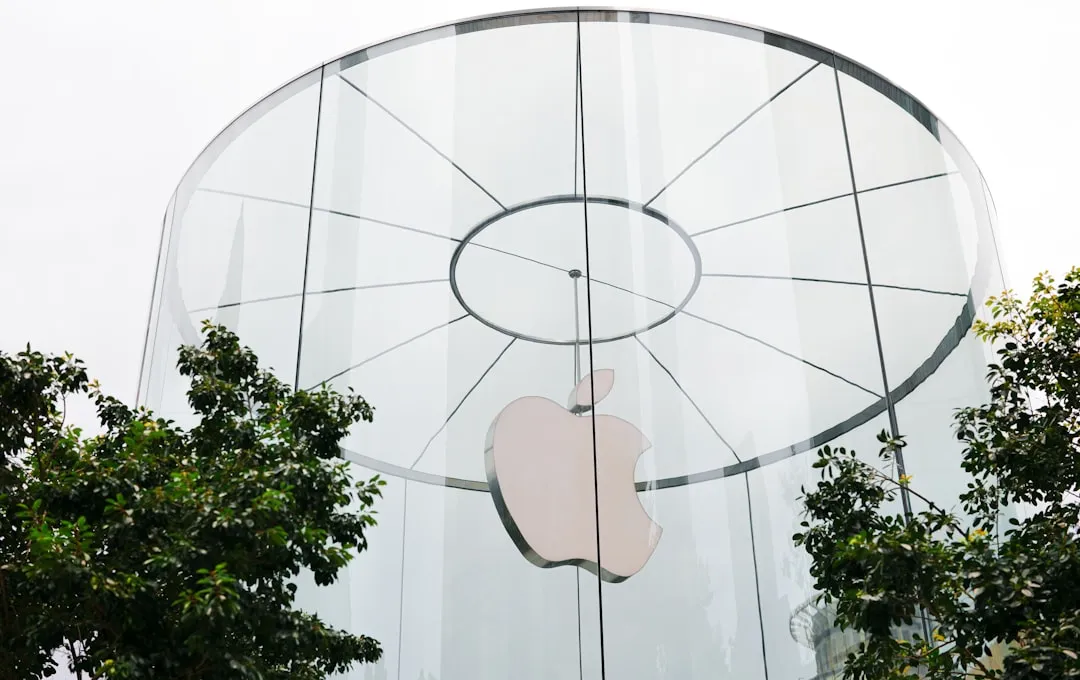
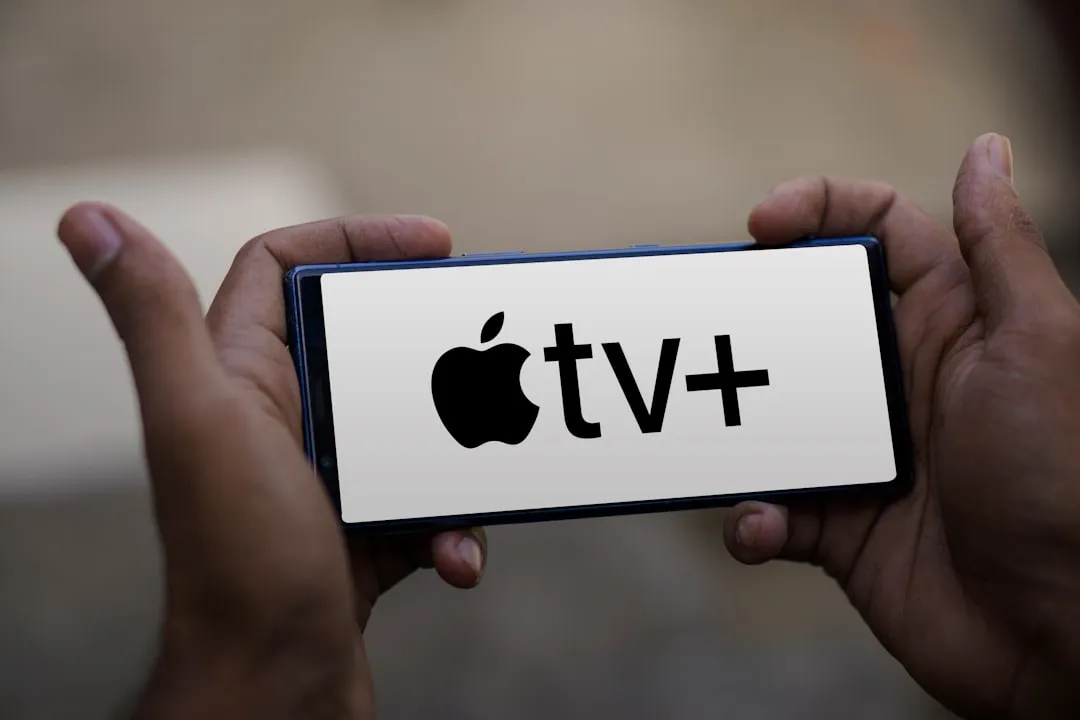
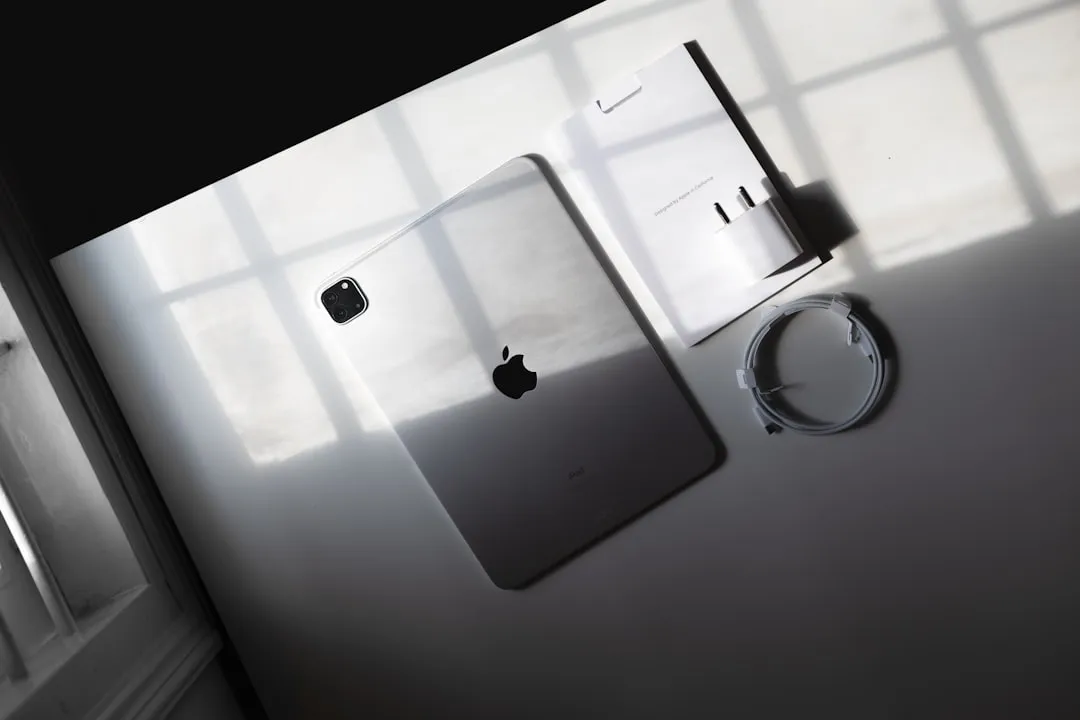
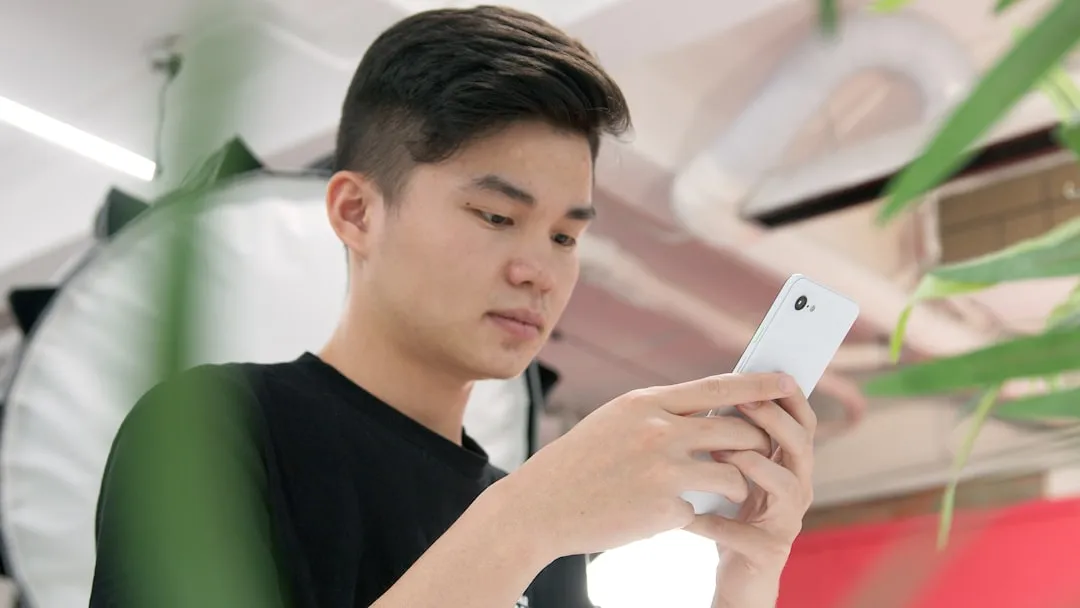
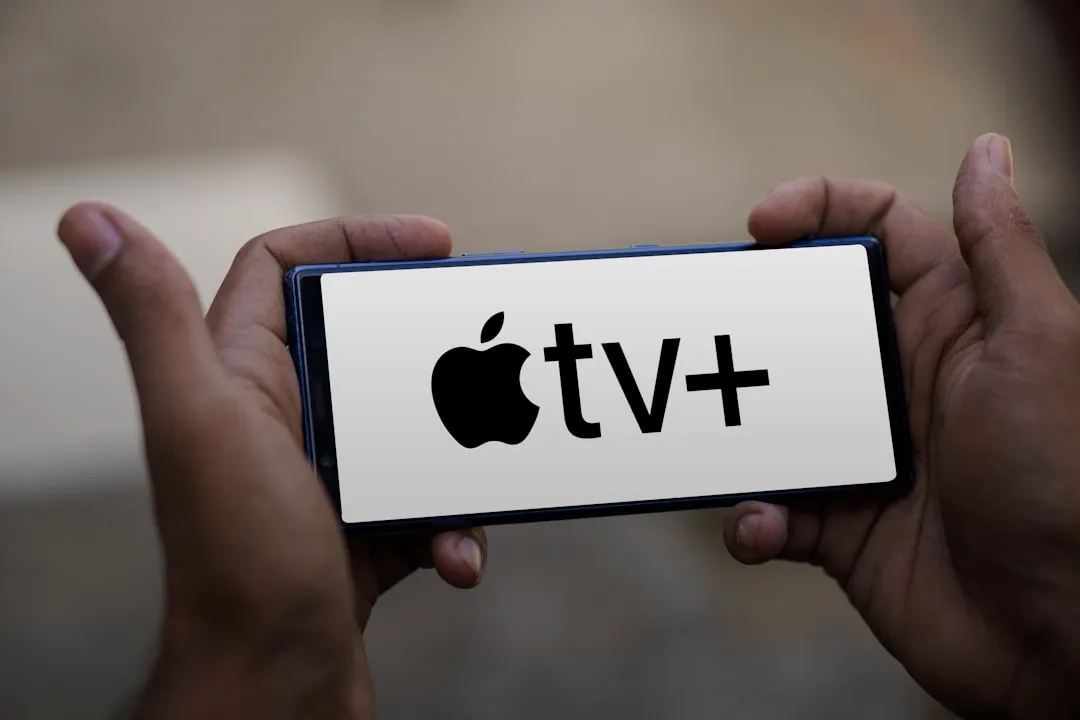
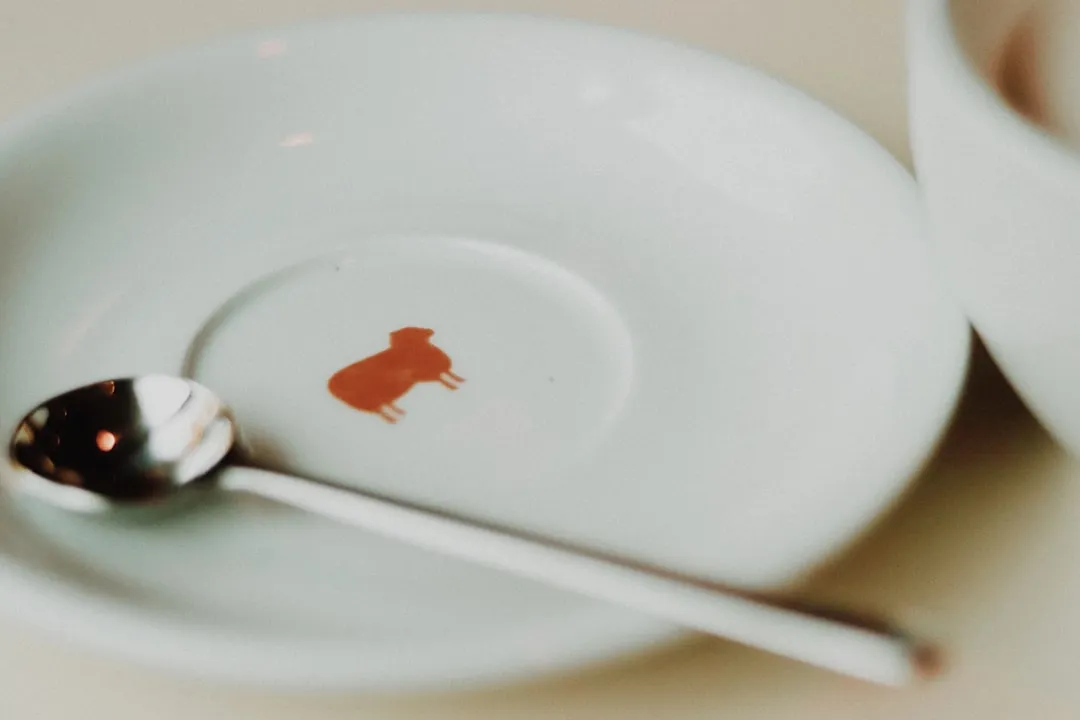
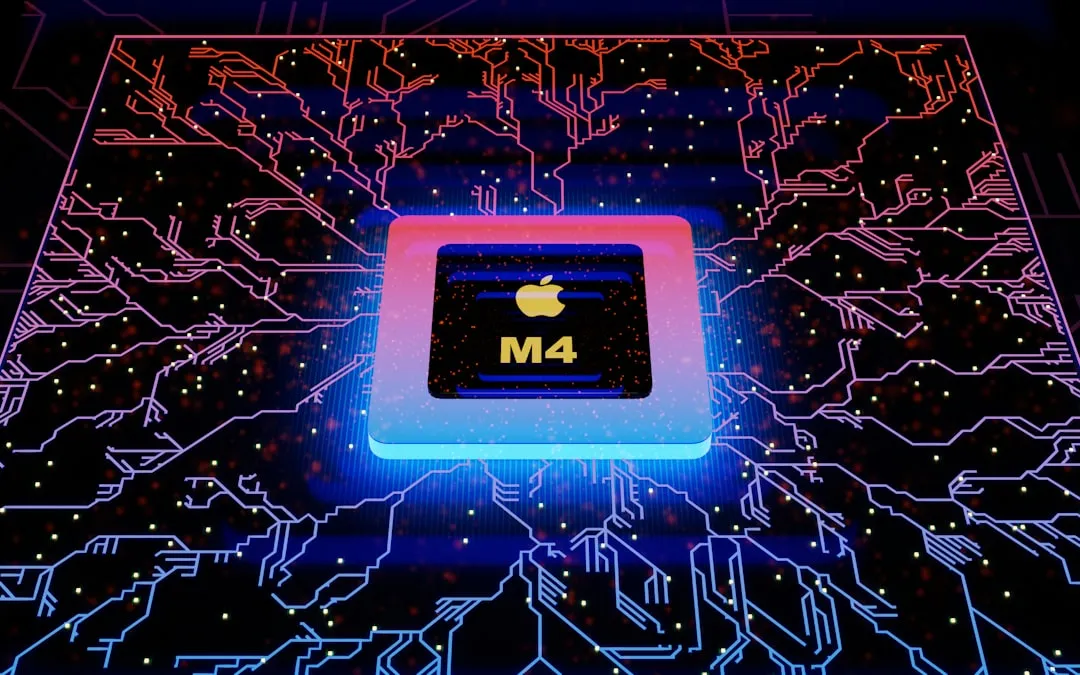
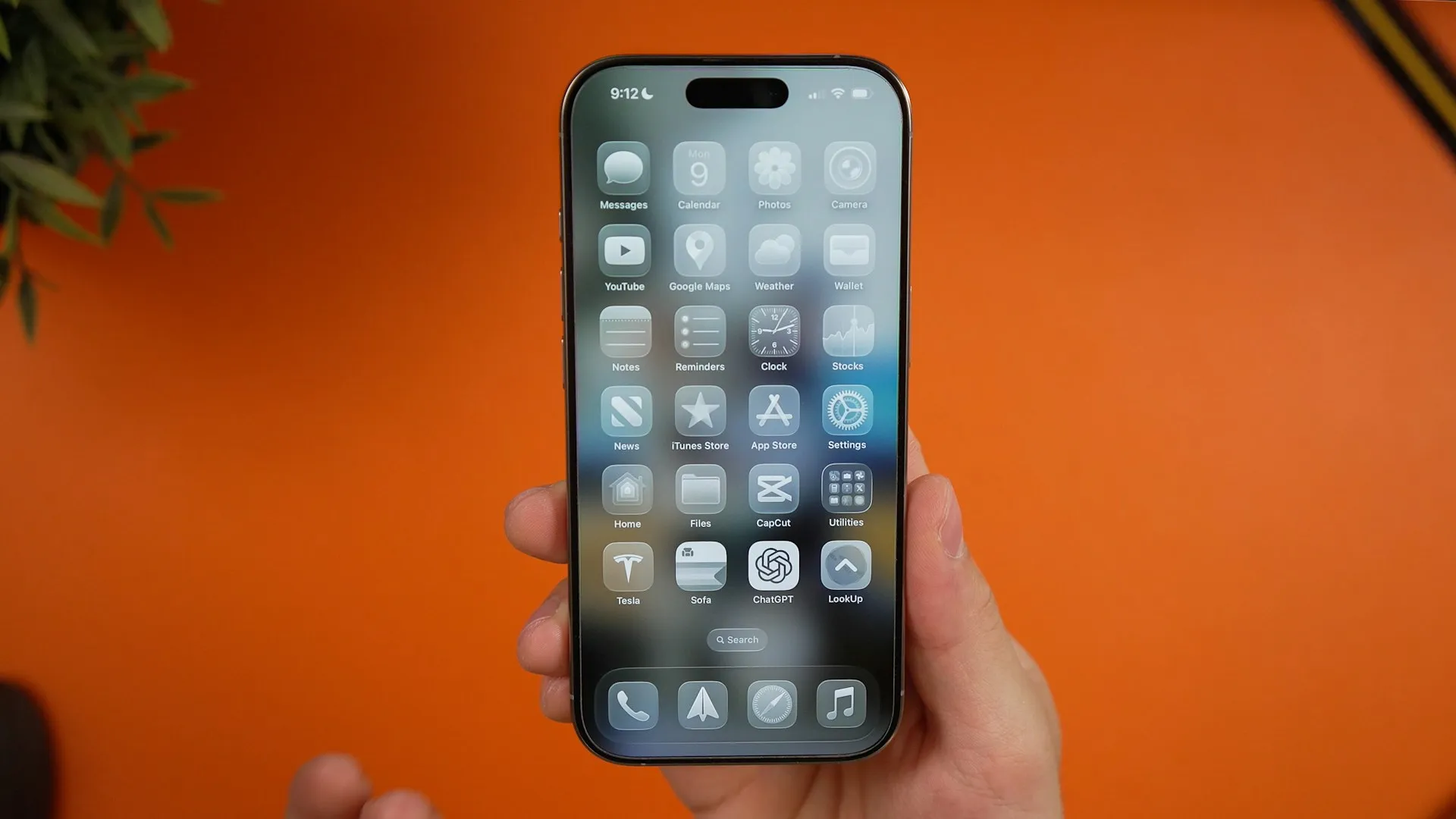

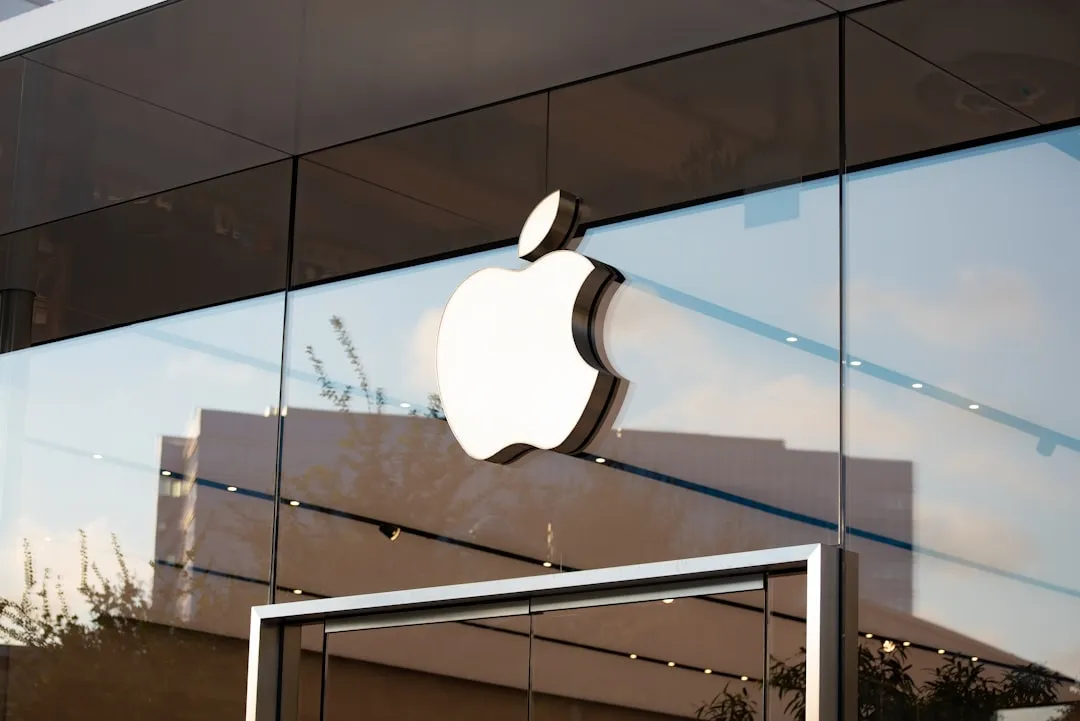



Comments
Be the first, drop a comment!